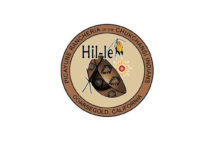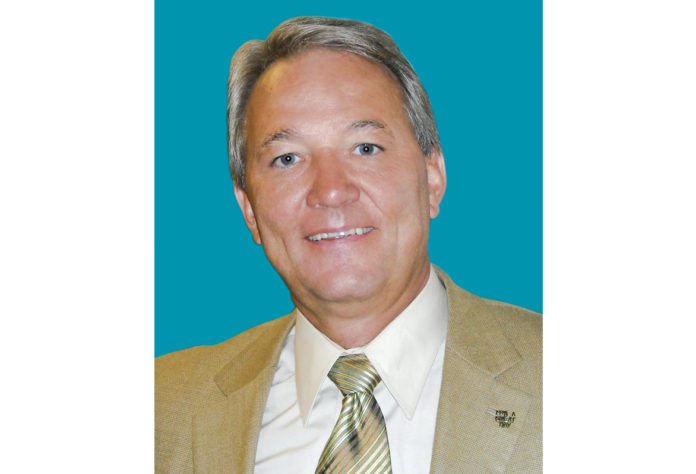by Thomas Dullien
COVID-19 has changed the recruiting game. Obviously, this is an understatement, because it has changed the entire business world and the way we think about it. When the pandemic struck, most of the HR offices, cut to the lowest staffing levels imaginable, were busy with furloughs and lay-offs. This was followed rapidly by processing and auditing more employment development department claims than ever. In between, HR maintained benefits processing. Thanks to the remarkable generosity of almost all tribes, many laid-off workers continued to receive health care benefits.
During this frenzy, HR tried to imagine how it would be when things would return to normal. While many operations frantically tried to hire back their laid-off talent and loyal fellow employees, one thing became clear. Our industry truly turned volatile, uncertain, complex and ambiguous (VUCA) in almost every aspect during the pandemic. Many had read about VUCA before Covid-19, and then they were experiencing it.
When Rolling Hills Casino & Resort reopened for business, we almost immediately reached peak levels and couldn’t rehire/hire fast enough to keep up with the volatility. But not all former employees decided to return. Several former employees either decided to stay home or they took their job back only to quit rather abruptly and to accept a higher paying job with the competition. HR became uncertain about the cause-and-effect relationship, and we started to get very creative with hiring bonuses, referral bonuses, increased wages, company paid health benefits, etc. But even that did not change the fact that we couldn’t hire quickly enough, and did not connect with the needed talent.
The complexity of possible reasons has reached levels that don’t even allow us to isolate one, two, or three main reasons why former employees decided to stay away. Yes, the federal stimulus package played a role, but there seemed to much more behind it.
The present volatility, uncertainty and complexity of issues has created an ambiguity with and for employees that also translated into the recruiting and talent acquisition process. With lots of talent on the market right now, finding people to fill roles should be easy. That, as we know, is not the case.
In the recruitment process, HR has one end goal: to find, hire and retain the most appropriate person for the role. To get there, it starts with the request and collection of applications. The ratio of applications to hired candidate allows insights on how successful the hiring process is. Receiving too many applications means we are wasting time and effort sifting through unsuitable resumes. Too few applications and we may not have the skills or talent needed for the open position.
So, we must ask:
• Are we an employer of choice?
• If we are not an employer of choice, are our job ads targeted enough?
• Are job ads reaching and engaging the correct audience?
• Do we need to improve our employer branding?
• Do we know and access our most effective talent sourcing channels?
• Do we need to revisit our sourcing methods to identify and focus on the talent needed?
• Is there enough clarity about the most needed competencies?
• Do job listings need to be open for a longer period?
• Is the application form too long? Is it mobile optimized?
• Are we providing a seamless and easy candidate experience?
• Are we hiring workers or are we hiring dedicated supporters of our culture and values?
These are changing times. Our organization’s metrics differ from the benchmark we set up even two years ago.
The most severe damage of the pandemic is the collapse of personal social relations. Social relationships refer to existing associations between family members, friends, neighbors, co-workers, and other associates. The quality of social relationships is impacted by positive aspects such as emotional support from others, and negative aspects such as conflict and stress. Social relationship scientists often emphasize that comfortable, relaxed, and easy social relationships are important in a person’s life and have a great impact on health, affecting behavioral, psychosocial, and physiological states. Our industry is based on positive and supportive relations between co-workers, guests, players, customers, and vendors. COVID-19 significantly reduced, and in some cases eradicated, social contact for a long period of time. The main component of social interaction is communication. Communication brings trust and a sense of purpose to teams to carry an organization through uncertain and volatile times. As businesses recover and look to hire back the talent that’s been lost, there will be a fierce race for talent. But if leaders are to survive the next wave of economic challenges, and thrive in the future of work, they must put people at the heart of their strategy.
It is said that the value of business is “to do no harm.” This will no longer do. The following is a look at the impact of the pandemic on the various generations:
• The Baby Boomers had hoped to add a few more years of earnings to their retirement account. They were the second group to be laid-off and least likely to be hired back. Many have resigned to the fact that they are no longer needed and dropped out of the job seeking force.
• The Millenia Generation had waited for recognition and promotions several years before the pandemic, but the Baby Boomers occupied many positions. Now, it is their time to offer high levels of competencies to the highest bidder. They have been trained to understand that it is money first, and loyalty second, maybe even third.
• Generation Z just got hired for their first job and they were the first to be fired, furloughed or laid-off. They will remember this for a lifetime and it may be difficult for them to find trust in the workplace again.
Who can blame many in these groups if they figure out that between unemployment and additional funds and protection of the Cares Act (with FPUC and rental protection) it is financially savvy to stay at home?
How do we prepare for a future-focused hiring strategy now? Few industries have been left untouched by the economic fallout of this pandemic. We know the implications are felt at all levels of an organization. Regardless of where you’re hiring currently, a recruitment strategy is a necessary component of rebuilding your workforce.
The days when it was sufficient for businesses “to do no harm” are gone. It is already noticeable that those organizations, that can articulate and capture candidates with their clearly stated values, are richly rewarded with great talent. What are the values that your business will generate?
The workforce now expects that businesses create distinct, and wide- reaching values. Those values will give the work environment and its employees a sense of purpose, meaning and belonging. These three components must be clearly recognizable in every aspect of recruiting and onboarding efforts. It should not come as a surprise that particularly the younger generation is looking for meaningful work that makes a difference in their life and the community around them. Money will be dished out freely for a while, but what creates loyalty and dedication will be a well branded, nurturing, and holistic organizational culture. As we turn to smart technology and AI driven interview solutions that reduce the selection time and eliminate biased interviews, we should use that time wisely to expand our knowledge about searching for candidates’ soft skills and showcase those who always give us the competitive edge – our people.
The approach should be multi-fold:
1. Nurture and engage with employees and candidates to keep them valued and interested.
2. Study and understand all of the resources needed for the future of your workforce.
3. Create a seamless process that delivers an exceptional candidate experience.
4. Explore your organization’s HR tech systems for its highest possible efficiency.
5. Constantly evaluate and improve agile interviewing and assessment solutions.
6. Don’t forget communication.
Dr. Thomas Dullien, CCM, CAE, CCE, CHE is the Director of Human Relations and Talent Development at Rolling Hills Casino & Resort. He can be reached by calling (530) 528-3525 or email [email protected].














































